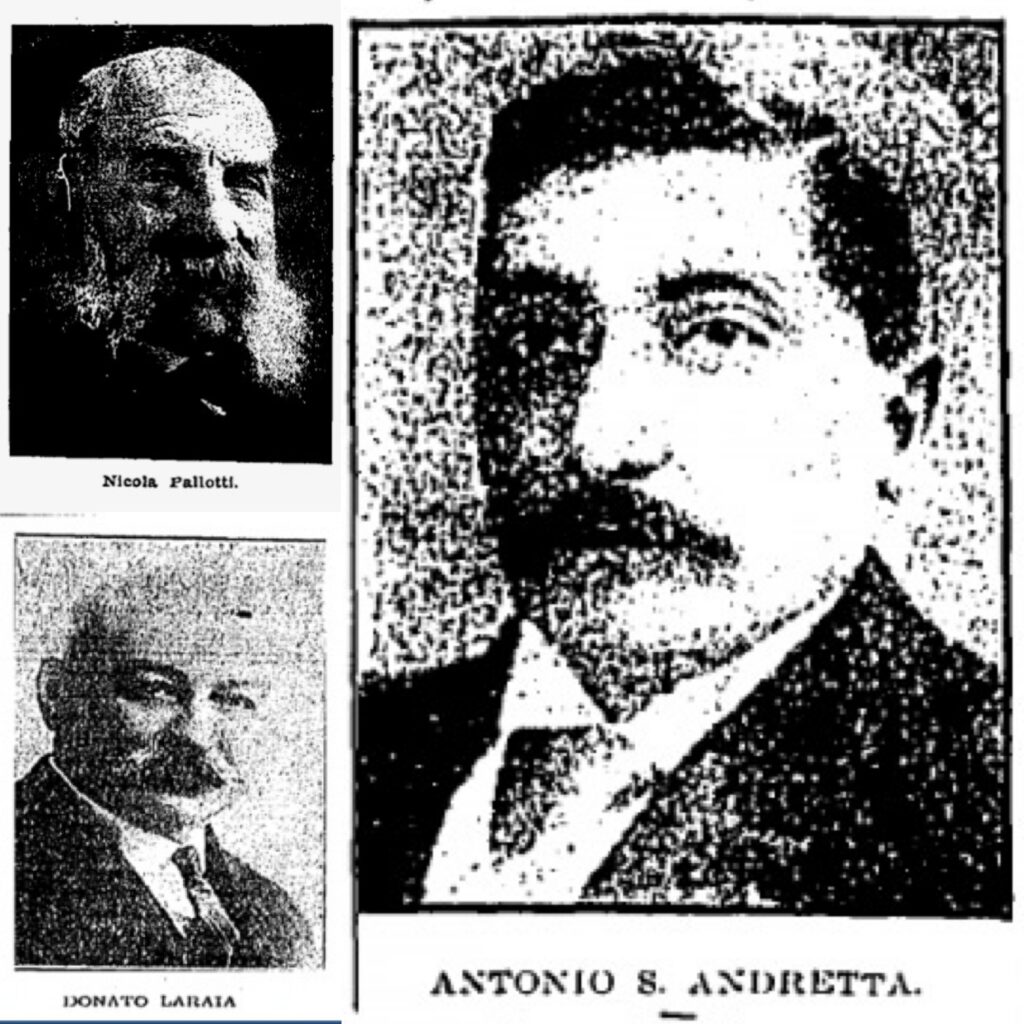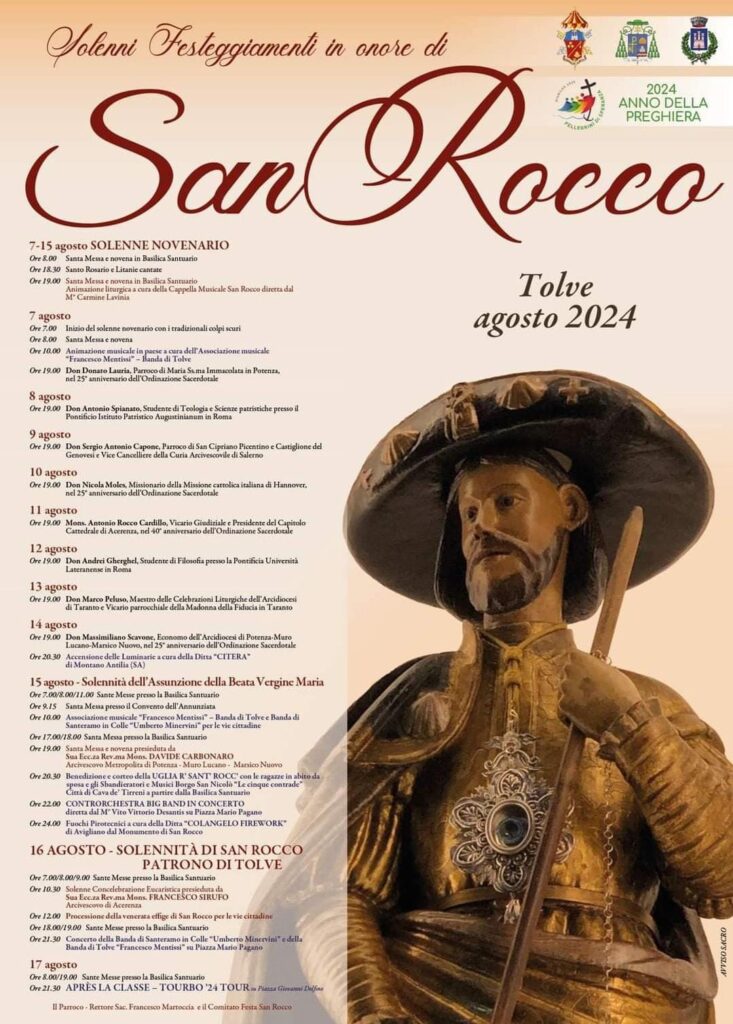Many are the stories of men and women from Basilicata who have contributed to making the history of the United States of America significant!
Antonio Andretta, born in Forenza (Pz), he was one of the first Italians to arrive in Hartford, Connecticut, becoming a successful banker and co-founding a bank with Nicola Pallotti. Arriving in the United States as a teenager, he set to work to find a job, and thanks to his connections, he was hired by the Office of Engineer Graves of the Connecticut River Bridge and Highway District Commission in Hartford. In 1897, he met and married Felicia Pallotti, with whom he had four children, including Sal, a future collaborator of Robert Kennedy. The banking business of Pallotti, Andretta & Co. not only contributed to the economic growth of the local Italian community but also served as a focal point for Italian immigrants in Hartford. Antonio Andretta, in particular, is remembered as one of the wealthiest Italians in Hartford and for his social commitment to improving the conditions of Italian immigrants.
His untimely death due to appendicitis occurred at a critical time, just before the collapse of the market in 1929 and the Great Depression, events that destroyed much of what he had built.
Nicola Pallotti was born in Corleto Perticara (Pz) in 1839 and emigrated to Connecticut in 1871. Son of Francesco and Anna Pallotti, like thousands of other immigrants, he was drawn by the wonderful opportunities available for young people in America, and in 1871, he arrived in Hartford, where he lived ever since. Through hard work, he became a significant real estate investor in the east side of the city and was considered the wealthiest Italian in Hartford. He died in 1922 from a disastrous fall down the stairs.
Another prominent Lucanian banker in Connecticut was Donato Laraia, also originally from Corleto Perticara. It is said that he started at the age of six. Poor Italian immigrant boy, he earned money for his family by playing the violin on horse-drawn trams. When Laraia died over 55 years later, he was praised by the local press as ‘one of the most important bankers’ in Connecticut. His obituary also mentioned his many years as a prosperous owner of a dance hall in Hartford.
Donato Antonio Laraia was born on March 23, 1867, in Corleto Perticara, the son of Biagio and Brigetta Demna Laraia. At the age of five, he was brought to the United States by his father in 1872, settling in Hartford, Connecticut, a year later. With little English proficiency, Biagio found it difficult to find work and feed his family.
Laraia’s adolescence saw him employed in a section gang of the Valley Railroad. Eventually, as recounted in his obituary: “His fair and pleasing disposition brought him to the forefront as a foreman.'” Later, he left the railroad for a job in a factory at a foundry in Hartford. At around the age of 21, Laraia decided to change careers. He had saved enough money from his work to open a dance hall in a building at the intersection of Front and Morgan Streets, the intersection shown here, located in the heart of Hartford’s Italian neighborhood. Compared to strong competition, “Laraia’s ‘fair and pleasing disposition” proved to be good qualities for a dance hall owner, and he quickly found success.
The Laraias paved the way for a large number of Italians who immigrated to Hartford in the early 20th century. Initially, the influx consisted of construction workers recruited to build the Bulkeley Bridge, a major highway bridge over the Connecticut River. Then they stayed “to build roads, houses, and the numerous public works projects that an expanding Hartford needed.” The majority settled on the east side near Front and Morgan. Laraia’s dance hall remained in that location for all of its 30 years, until it was forced to close due to national Prohibition in 1919. Among his business partners was also his father-in-law Frank D. Nezzo, who, upon his death, left him his bank as inheritance. He was not experienced in finance, but with the help of his wife Lucy and numerous clients of Italian origin, he also managed to become a prominent banker of Lucanian descent.




